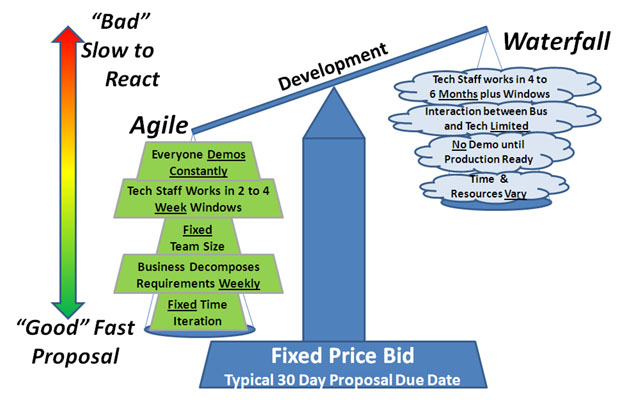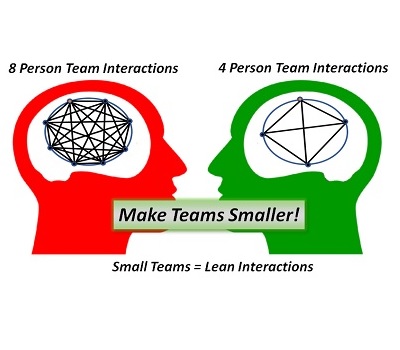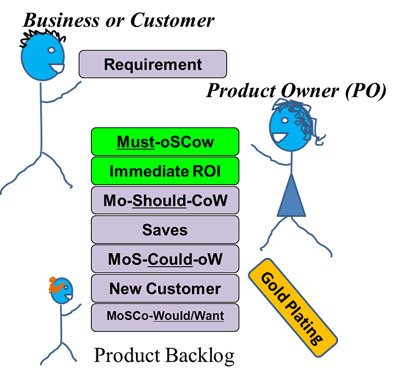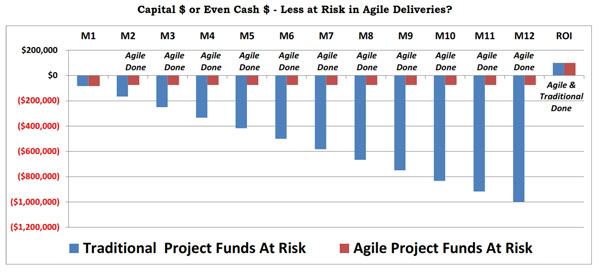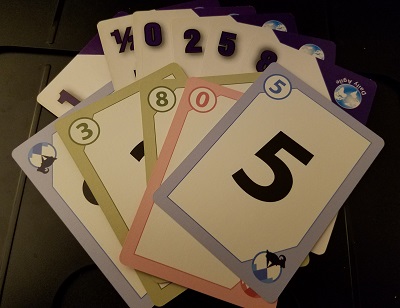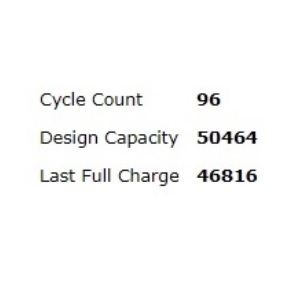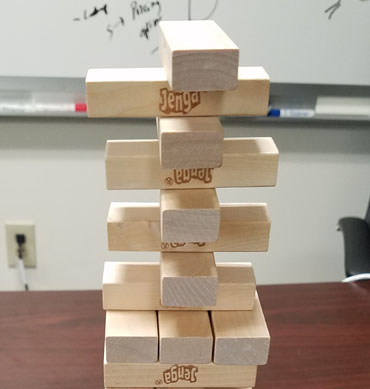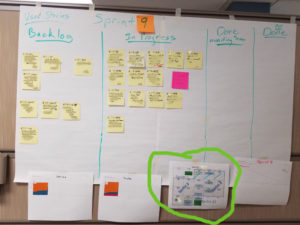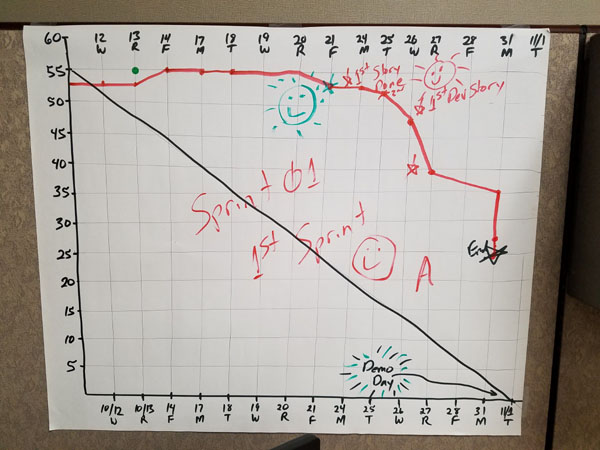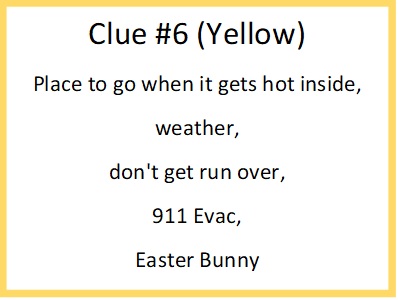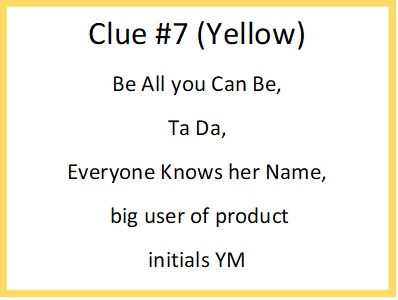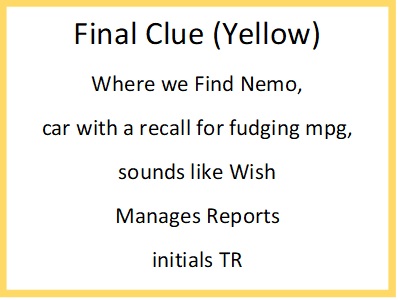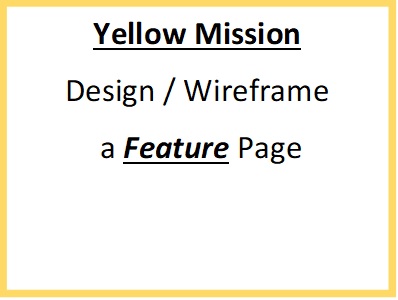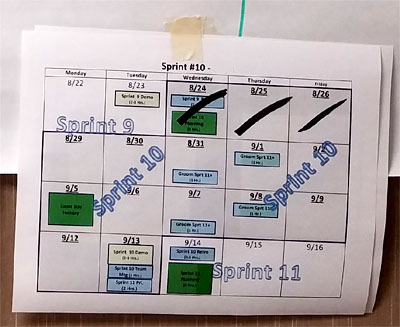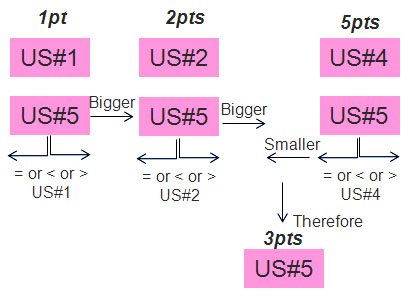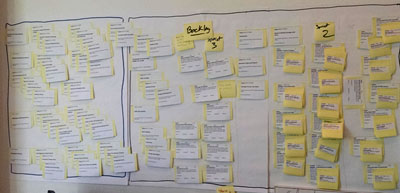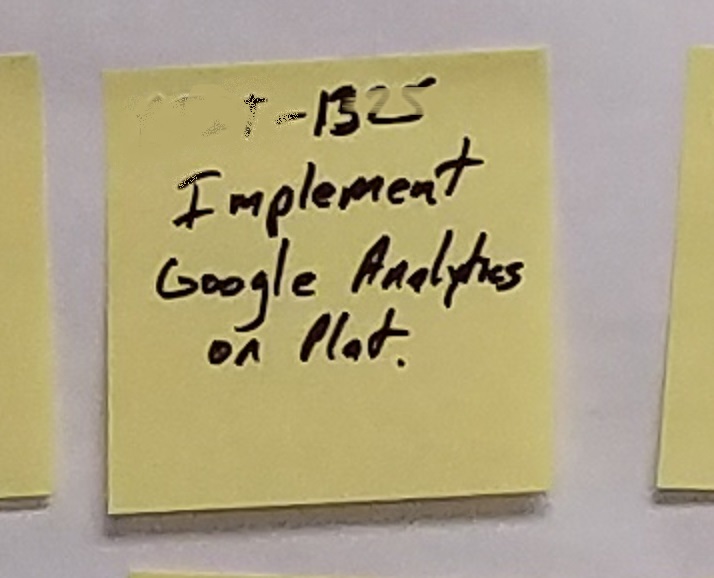Agile Scavenger Hunt Exercise – Finding Gemba
Fun exercise for new teams recently assembled and learning about Scrum or the product line. It is a fun way of getting new development teams familiar with Scrum information radiators, the surrounding facilities and various stakeholders (gemba) that could or do impact the product acceptance and backlog.
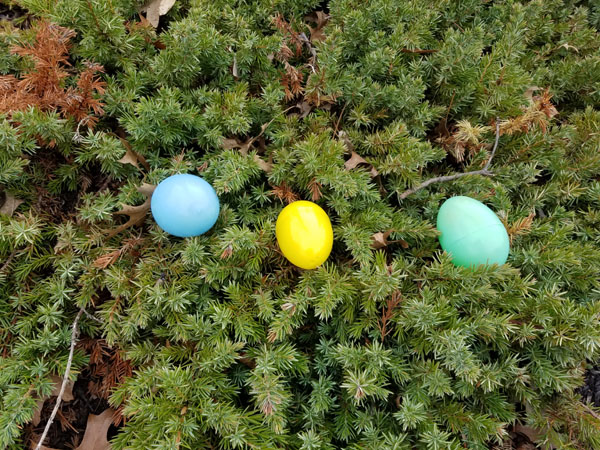
The exercise involves games, story cards, mission / vision statements, brainstorming, UX or wireframe creation. Before running this exercise I would get management buy in, as it might look strange having a bunch of developers running around the buildings. Personally I would love it, but many managers might not understand or go with the flow. There is always someone to complain, so get top cover. You can use the information provided below as a basis for your proposal to management.
I call this exercise: Finding the Gemba
Gemba – A Japanese term meaning “the real place. In business, gemba refers to the place where value is created.
General Set-up:
This exercise is design to get the team to work together and achieve the mission together. It uses a scavenger hunt approach, video training, brainstorming, story building, wire framing and Time Box reviews. The subject matter is business related. It will also involve Business Stakeholders.
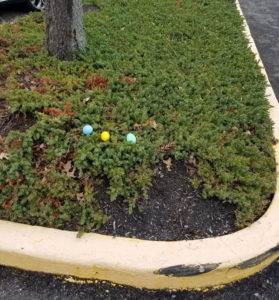
The teams will also meet customers that they might not have met prior (The Gemba), learn where various thing are such as:
- Break rooms or lunch rooms or activity rooms, (those secret snack machines with the best goodies)
- Security people they see everyday,
- Fire Evacuation locations (I like to use safety directive to help educate along the way,
- Meet stakeholders in their office cubes / offices
- Other team locations that could impact future development
- Burndown chart,
- Scrum Board, and
- Any kind of product vision boards.
- The team will get to see and review Stories for future backlog items or feature and build their own wire diagrams.
Duration: 2 hours total:
- Introduction (10 min)
- Scavenger Hunt (30 min) – this could less or more depending
- Video on Brainstorm, Assembling ideas and wire framing (5 min)
a. I like to use this video – Go to the Gemba: Deborah Adler at TEDxRVA 2013
https://youtu.be/A_DGAGzyPEg - Brainstorming (40 min)
a. Brainstorming list 10 min
b. Wireframe alternative Creation 20 min
c. Final selection for presentation 10 min - Presentation to Stakeholders (30min)
a. 3 Teams 10 min each - Award Presentation (5-10min)
Make a list of Stakeholders involved (people outside IT):
The final mission will be provided by the a select few stakeholders (preferably the ones with final approval of the demos) and each team will have a different mission based on the number of teams.
The Missions:
- Feature Team 1 Page
- Feature Team 2 Page
- Feature Team 3 Page
Identify specific Scavenger Hunt Locations:
- Person with Final hint for the Mission – usually directing to the final stakeholder
- Feature or fancy UX board
- Scrum Board
- Burndown chart
- Visitor Desk
- The Fire Evacuation location outside
- Snack Room on the 2nd Floor.
What the team gets at Each Scavenger Hunt location:
- A clue to the next scavenger location
- A User Story Related to their Mission
- At the final Stakeholder location the teams will be tested to see if they ask them a question about what they want on the page. There will be a hint as to do this but the team will not be out right told to ask.
Prizes and Grading:
Here are the items used to grade the teams:
- Met the MVP requirements
- Listened to Stakeholder – I have the stakeholder provide a direction that is not written on the story cards. This is secret to see if people actually listen to people
- Most creative
- Most useful
- Fastest puzzle solving team
Running the Scavenger Hunt:
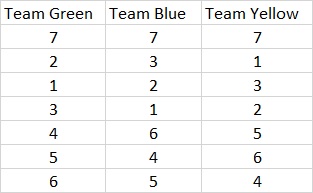
- Use a spreadsheet to list your clue locations and order for visiting locations
- Try and make the sequence of visiting locations in different order for each team. This way everyone does not show up at the same location at the same time
- The last clue to the final stakeholder should be the same order and location for all the teams. This way a prize could be given for the fastest scavenger hunt solution.
- Remember to get the final stakeholder to give an unwritten clue, as examples: I really like blue backgrounds or we have a new unicorn mascot or something that sticks out and is obvious.
- Use envelopes for the clues and hints
- Invite all the stakeholder to be judges, even the security guard as it is fun for them to be involved also. It does not have to be all managers.
Clue Envelopes:
Clue envelopes contain:
- Clues to the next location
- User Stories or Features in User Story Format
- As —–, I want —–, So that (Business Value)
- If you have 7 scavenger locations you should have 7 different user stories for each team – a good place might be your backlog
- The final clue envelop contains the Mission or Vision Statement and is provide by the final stakeholder
Sample Hints and Clues:
- Location: fire evacuation location
- Location: Café on other building
- Hints: A slack channel, $0.50, try one / free samples
- Hide the clue in the refrigerator 🙂
- Location: Burndown Chart
- Hints: has been level steady the 1st couple of sprints with a cliff, getting better with time
- Location: Scrum board
- Hints: WIP, story flow, stickies everywhere, Done
- Location: Visitor Desk
- Hints: Greets our Visitors, Fixes Lost Badges
- For finding people I used clues that include:
- Things that rhyme with their names
- What they do as a stakeholder
- The person’s initials as a last clue – just in case
Below are a bunch of clue samples that I created for my last scavenger hunt.
Have fun and be Happy at Work
Cheers,
Greg






